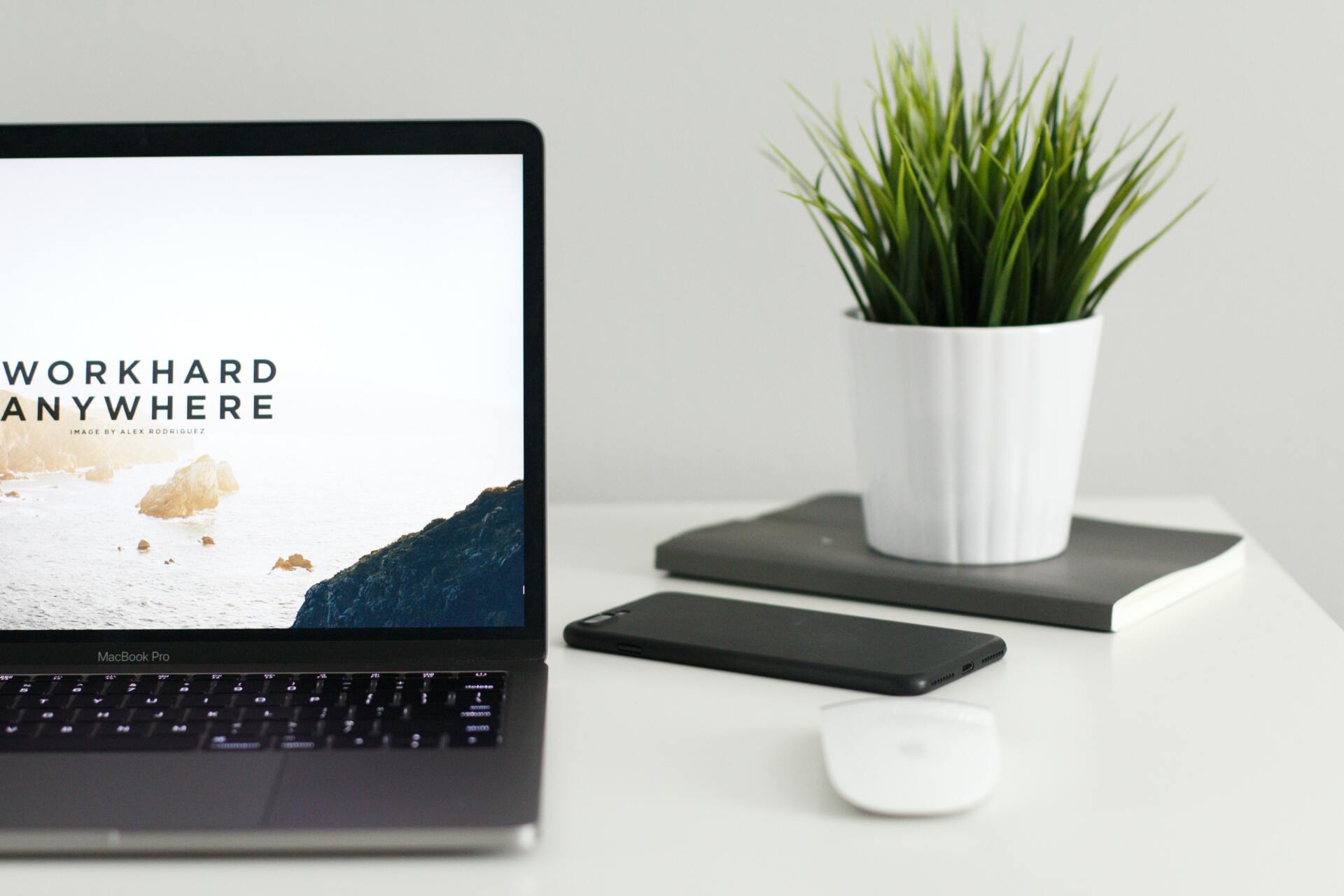Web design and strategy to improve your online presence
Whether an ecommerce site or the digital version of a bricks-and-mortar store, your website is an essential part of your business which can boost sales, increase brand identity and build a relationship with your customers.
A well designed website should help to attract more organic traffic to your business and can help you get a foothold in your industry. If your market is niche, your website has great potential to attract visitors because you are offering something unique.
Within a few seconds of landing on your site, a potential customer needs to know exactly what your business is all about. And if they can’t, you need to make changes to optimise your website and improve your online presence.
Your website might look stunning or your blog might be full of interesting and unique posts, but if nobody sees it or you have issues with the design and navigation, all of your hard work will go to waste.
It is important to spend time managing and improving your online presence. Set a budget and focus on the areas which are likely to be the biggest wins for your business.
If your website isn’t giving you the results you would like, what can you focus on to improve your web design and boost your online presence?

SEO
SEO, or search engine optimisation, increases traffic and improves brand recognition and online presence. It is all about being picked up by search engines – mainly Google, but also Bing, Yahoo and others.
The aim with SEO is to get your site on the first page of a search engine and as close to the top as possible. The closer you are to the top, the more traffic, leads and sales you will get.
Search engines rely on people searching for certain keywords on Google and the other search engines. For SEO to work, you need to focus on those keywords in your content.
Clearly if you are running a small local café, you’re not going to beat McDonald’s on Google searches, but you can focus on local SEO to boost your rankings. So use relevant keywords for your local area eg ‘Cheltenham’ or ‘Gloucestershire’. That way, if someone searches ‘coffee shop Cheltenham’, your coffee shop should be right up there with Costa and Starbucks, because the search was specific to a small local area.
Search engines like regular fresh and relevant content. So try to produce something new every week or every month which is related to the products or services you provide. If you are unsure what to write about, use tools like Answer the Public to see what people are searching for in your niche.
In the past, SEO was very focused on the written word. But more businesses are using video on their websites because their audiences prefer it. Things like ‘how-to’ videos and product demonstrations are popular and can really boost your rankings.
You don’t even have to invent something new every time. Could you repurpose some of your blog content as video? If your videos also get shared on social media, that is another great way to bring visitors to your site.
It’s important to remember that SEO doesn’t work overnight. It is all about playing the long game. You should start to see results in four to six months, and things will continue to improve after that. So your results after 12 months should be better than your results after six months.
If you don’t have time to wait, it makes sense to invest in some online paid advertising alongside your SEO, so you can bring potential customers to your site that way too.
Blog
Fundamentally, all companies want to make money. But not every page on your site needs to focus on selling. In fact, taking a softer approach through your blog (or video content) can really pay off.
For small businesses especially, producing online content which is valuable to your visitors can be the best way to attract new customers and make more sales. Your blog is a great way to introduce your business to a new audience and every new post you produce is a boost to your online presence.
A blog is fundamental to SEO and is often the cornerstone of a company’s online presence. Your posts can reach people who would never have searched specifically for your product or your company. But in searching for answers to a query, they find your blog – and from there they find your brand and your products.
To produce a really valuable blog, focus on your ideal customer and what they would want to know about – then write posts which answer their questions.
Whatever the subject matter, make sure your blogposts or video content are enjoyable and inject the subject with your company’s unique personality.
CRO
Your online presence can almost certainly be boosted by conversion rate optimisation (CRO). Adjusting low performing landing pages is a good way to achieve results.
When a visitor lands on your site, whether through advertising, your home page or blog, you need to guide them to the parts of your website where they will take the action you want them to take. That could be a purchase, downloading a piece of free content or something else.
Move through your website as a prospective customer would – or get someone else to do it for you. Is it clear what the next steps should be? Are you offering enough choices or too many? Anywhere you can smooth out the journey will reduce friction for users and make them more likely to move all the way through your site and make a purchase.
But how can you be sure what will and won’t work on your customer’s journey? Strategically placed buttons will help people to move through your site without getting lost, overwhelmed or confused.
But be careful about offering too many choices or encouraging people to buy as soon as they arrive on your site. By pushing people to buy too early or giving them too many choices, it is more likely they will take no action at all.
To be sure you’ve got it right, test different elements of your site and individual key pages to see which element works best in increasing conversions or sales.
The way to do this is through A/B testing, in which you change just one element of your page eg page layout, call to action (CTA) text or button colour and test it against your existing design. For example, you might test a ‘Buy it now’ button against an ‘Add to basket’ button.
If you see a change in conversion rate as a result of your testing, you will know that element makes a difference and should become a permanent change. Making that change is optimising your website.
Then move on to testing another element, until you are confident that your website is meeting users’ needs and performing as well as possible.
Optimise for mobile
In 2021, every company needs to optimise its website for smartphones. You should assume that the majority of users will be arriving at your website from mobile devices and optimise your website to meet their needs.
Optimising for mobile shouldn’t be an afterthought, it has to be something which is considered right from the start. This is very different from the viewpoint from a few years ago of just providing a ‘mobile version’ of your website.
Mobile traffic has been on the rise for a number of years and it is showing no sign of slowing down. Mobile currently accounts for around 56% of web traffic worldwide, compared to just 5% a decade earlier.
This figure is likely to be much higher for consumer-facing brands and could be as high as 80% in some situations, particularly with the rise in home working following the pandemic.
In the UK, 84% of adults aged 16 and over own a smartphone and they spend an average of two hours and 34 minutes on their phones every day. An incredible 98% of 16-24 year olds own a smartphone, as do 95% of 45-54 year olds. The rate of smartphone ownership only starts to decline after the age of 55.
So it is essential that your website meets your prospective customers where they hang out – on their mobiles – and works just as well as it would on a desktop or laptop.
While it is important that websites load quickly on all devices, this is especially important for mobile users, who have very little patience for slow loading times and generally want answers to their questions immediately.
Simplified navigation is especially important for mobile users too. Avoid complicated menus and too many clicks to reach content and make sure you streamline and simplify the way you display information.
Businesses that get mobile right will also find they rank higher on search engines, generating more traffic as they are more visible in searches.
Improving your online presence isn’t something you can do quickly, or something that you just do once and forget about it. It is something you need to work on regularly as it is essential for the long-term growth and visibility of your brand.
Focus on the key areas of your business to help people find you, get to know you and ultimately become loyal customers.
More Posts.








